What Is EdTech? A Complete Guide to Educational Technology
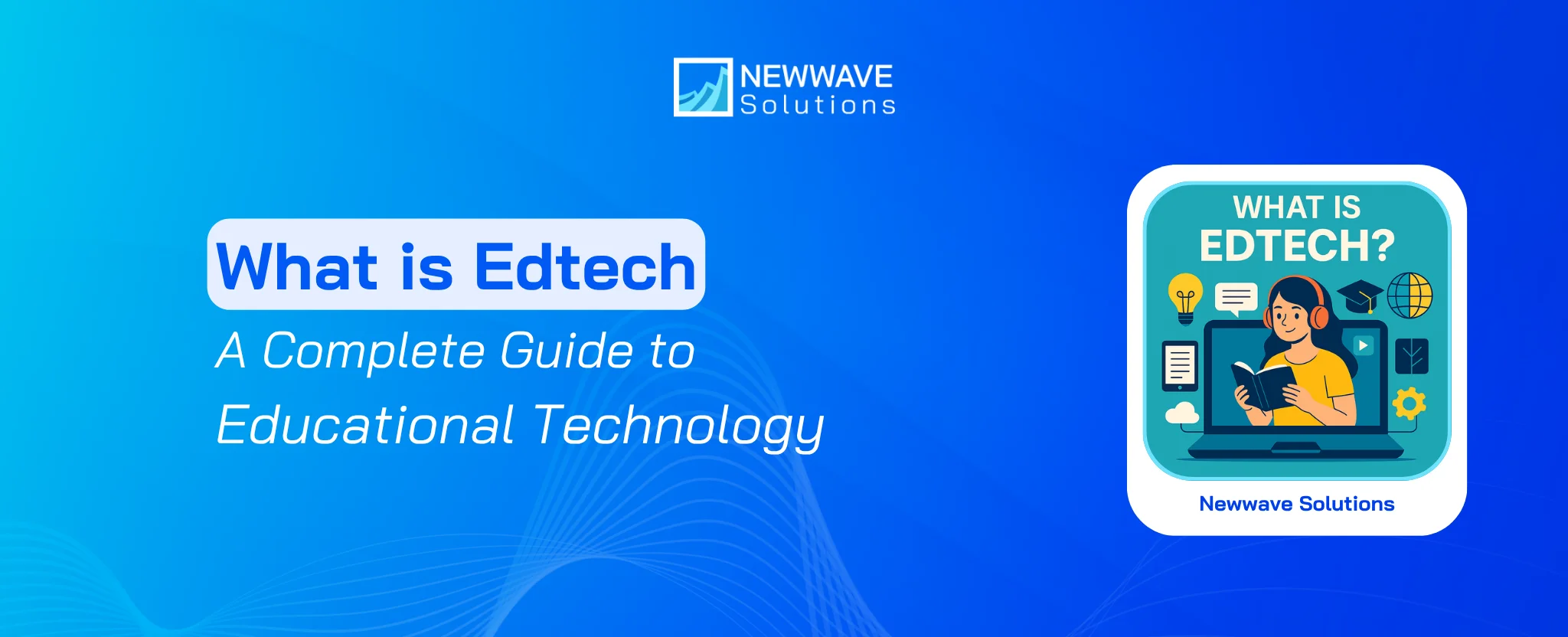
Recent years have witnessed a great evolution in educational technologies. Like never before, people are getting into Edtech and making good use of this new educational technology trend. But what is Edtech? Read on to learn more about Edtech & the top 5 educational technologies that will transform the education industry.
What Is EdTech (Educational Technology)?
EdTech (or e-learning) refers to hardware and software designed for education to facilitate learning. It varies from online classes on Zoom to mobile app development for learning languages. In classrooms, EdTech can be projection screens, digital note-taking tablets, or student response systems. On the other hand, EdTech can be an online educational service like Doualingo that lets students submit work and review course information or documents online.
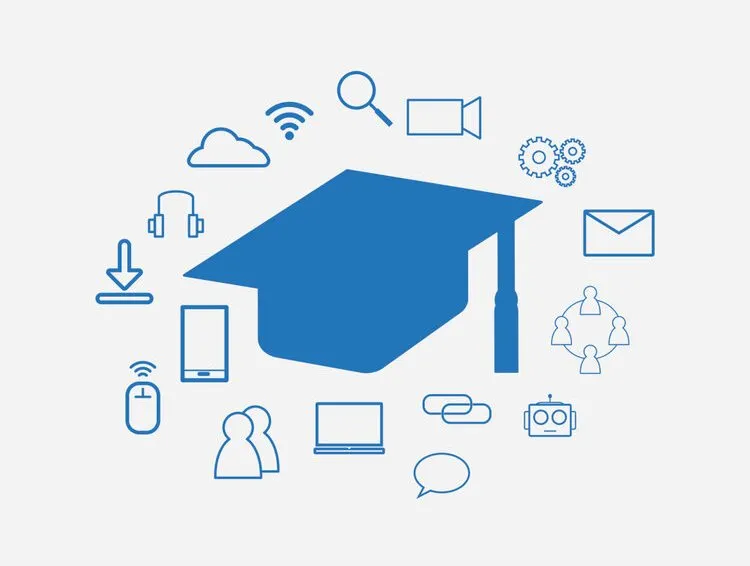
EdTech is expected to increase its annual growth rate (CAGR) by 15.3%, roughly tripling the market in size to over 200 billion by 2027. This market growth can be credited to a new recognition of the advantages of EdTech – especially after the COVID-19 pandemic.
Example of an Edtech project:
Newwave Solutions developed an all-in-one interactive online learning platform for primary to high school students, integrating digital books, structured courses, interactive practices, minigames, and online exams across web and mobile platforms. The project utilized modern technologies like JavaScript, Node.js, Flutter, Nuxt.js, and NestJS to ensure scalability, performance, and seamless user experiences for both students and administrators. This comprehensive solution empowered educators with robust CMS tools while delivering engaging, cross-platform learning workflows that enhanced student engagement and operational efficiency.
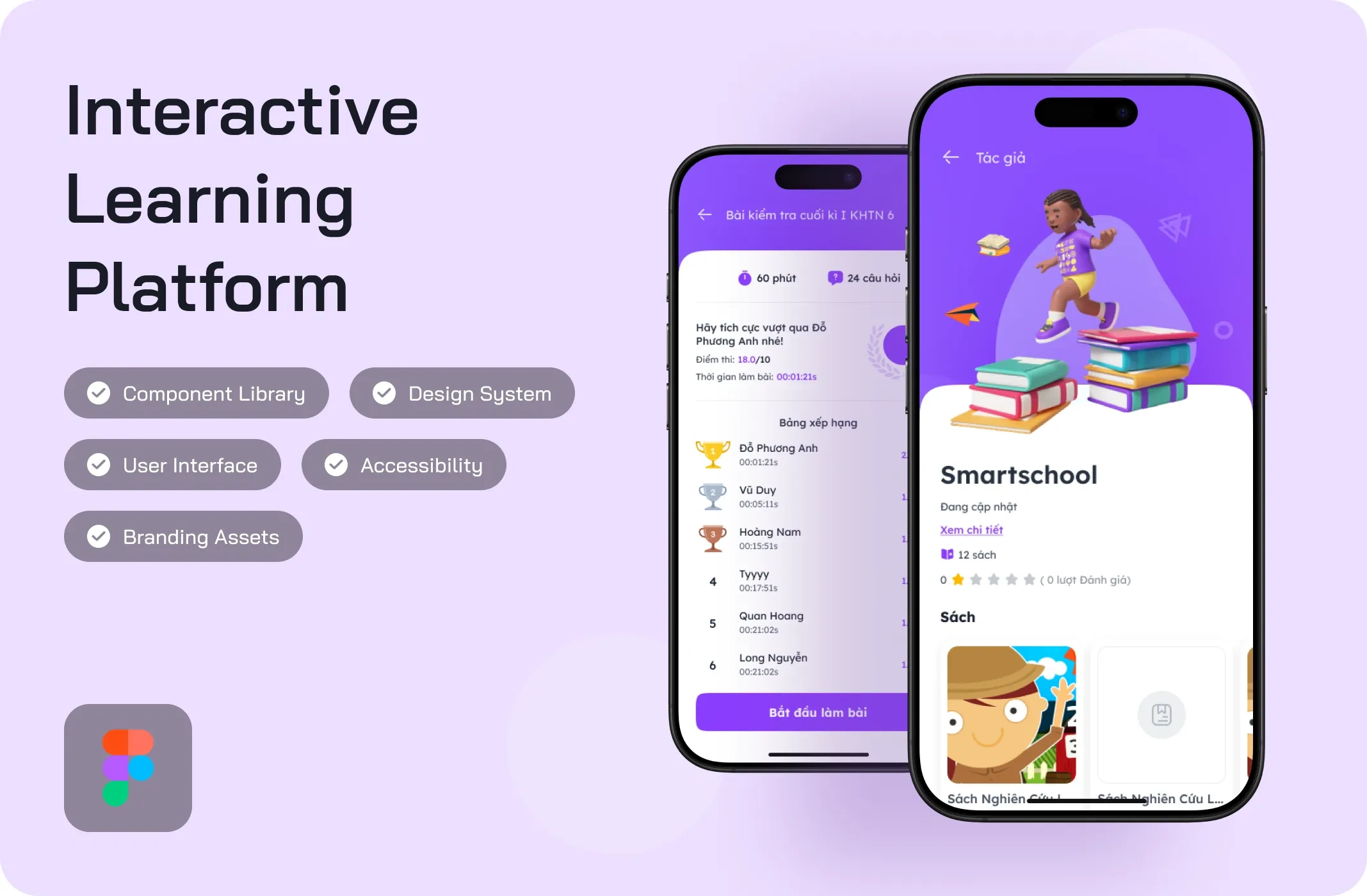
Top Common Types of Edtech
Nowadays, more and more technologies are finding their place in the classroom. As educational/learning models evolve, new types of educational technology will be developed to offer new possibilities to students. Below are the main types of Edtech that are being utilized in education, training.
1. Learning Management Systems (LMS)
Learning management systems serve as central platforms where educational content is uploaded, managed, and delivered to learners, allowing institutions to track progress, administer assessments, and provide certificates. These systems support both academic and corporate training settings by automating administrative tasks and offering analytics on user engagement and outcomes.
2. Mobile Learning & m-Learning Apps
Mobile learning applications cater to learners who wish to access educational material anytime and anywhere through smartphones or tablets, enabling flexibility and “on-the-go” study. Such apps often include bite-sized lessons, push notifications for reminders, and offline modes, making them especially effective for busy professionals and remote learners.
3. Virtual Classrooms & Synchronous Learning Platforms
Virtual classroom technologies replicate the live interaction of traditional classrooms by enabling real-time video lectures, group discussions, and collaborative whiteboards, thus bridging the gap between distance learners and instructors. These platforms support hybrid or remote education models by offering engagement tools, real-time feedback, and recording capabilities.

4. Adaptive Learning & AI-Driven Tutoring Systems
Adaptive learning systems use algorithms and data analytics to tailor educational content and pacing to each individual learner’s needs, which enhances effectiveness and efficiency in personalised education. AI-driven tutoring systems can provide personalised feedback, identify learning gaps, and adjust support in real time, thereby improving outcomes for learners with diverse needs.
5. Gamification & Immersive Learning (VR/AR)
Gamified educational technology incorporates game mechanics such as points, badges, and leaderboards into the learning process, which increases motivation and learner participation, especially among younger audiences and high-engagement contexts. Immersive learning technologies like VR (virtual reality) or AR (augmented reality) allow learners to experience simulated environments and complex scenarios first-hand, thereby deepening understanding and retention.

6. Analytics & Learning Insights Platforms
Analytics and learning-insight platforms collect and process large volumes of learner-centric data (such as time on task, response patterns, and progression) and convert that information into actionable insights for educators and administrators. Organisations use these platforms to refine curricula, identify at-risk learners, and make evidence-based decisions to improve teaching strategies and learning outcomes.
5 Key Benefits of EdTech for Education & Training
In the current environment where organisations are actively adopting and implementing EdTech/ E-learning software development solutions, understanding the core benefits is essential before investing in a solution. Below are five of the most important advantages and what they mean in practice.
- Personalised learning pathways: EdTech platforms enable tailored content, pacing, and assessments for individual learners so that each person receives instruction aligned with their strengths and weaknesses. The customisation leads to improved outcomes, higher motivation, and stronger retention of material.
- Increased accessibility and flexibility: Digital technology allows learners to access courses anytime, anywhere, and on multiple devices, which expands reach beyond traditional classroom settings. This flexibility supports remote learners, working professionals, and people in underserved regions.
- Improved teaching efficiency: Educators can leverage EdTech tools to automate tasks such as grading, tracking progress, and providing feedback, thereby freeing time for higher-value instructional activities. The increase in efficiency helps schools and training organisations serve more learners with less administrative burden.
- Enhanced engagement through interactive tools: Gamification, simulations, VR/AR, and real-time analytics embedded in EdTech solutions increase learner engagement, motivation, and participation. The immersive and interactive design makes learning more enjoyable, leading to better knowledge retention.
- Data-driven decision-making: EdTech platforms collect rich data on learner behaviour, performance, and preferences, which organisations can use to refine curricula, personalise support, and improve outcomes. The insights generated enable evidence-based improvements rather than relying on intuition alone.

Main Challenges & Limitations of EdTech
While the benefits are compelling, EdTech implementation also encounters notable challenges that organisations must manage carefully. Below are key issues plus suggested approaches to overcome them.
- Digital divide and access inequality: Many learners may lack devices, reliable internet or digital literacy, which limits the reach of EdTech solutions. Organisations should include device-loan programmes, offline capabilities and targeted training to bridge the access gap.
- Data privacy and security concerns: Educational platforms collect sensitive personal and academic data, and failure to secure it may lead to breaches or regulatory penalties. Deploying strong encryption, compliance frameworks and regular security audits helps mitigate these risks.
- Resistance to change from educators and learners: Teachers and students accustomed to traditional methods may resist adopting new technologies, leading to low uptake or under-utilisation. Stakeholders should undergo onboarding, training and co-design sessions to build ownership and acceptance.
- Quality and relevance of content: Rapidly scaling EdTech offerings may compromise instructional quality or become misaligned with learner needs. Institutions should implement continuous content review processes and feedback loops to maintain relevance and pedagogical integrity.
- High upfront investment and ongoing maintenance costs: Implementing EdTech with full features and integrations can require significant resources upfront and over time. Organisations should develop phased rollout plans, prioritise minimum-viable solutions and budget for ongoing upgrades and support.
How Organizations Can Implement EdTech Solutions
To apply EdTech effectively, institutions should follow a structured approach that ensures alignment, usability, and measurable outcomes. Let’s explore some tips to optimize Edtech solutions for your business below:
- Needs assessment & stakeholder analysis: Organisations should start by gathering input from learners, instructors, and administrators to define educational goals, pain points, and required technologies. This step ensures that the chosen EdTech solution addresses real needs rather than following a trend.
- Technology selection & vendor evaluation: Teams should evaluate platforms or custom-build options based on scalability, interoperability, user experience, and vendor track record. The right matches help avoid costly rework or vendor lock-in.
- Pilot implementation & user training: A pilot rollout with a subset of users allows early testing of features, workflows, and user satisfaction. Providing comprehensive training for educators and learners helps ensure adoption and reduces resistance.
- Full-scale deployment & change management: Once piloted successfully, the full rollout should be accompanied by communication strategies, support channels, and monitoring dashboards. Change management ensures a smooth transition and minimizes disruption to ongoing instruction.
- Performance measurement & continuous improvement: Organisations should define key performance indicators (KPIs) such as engagement, completion rates, and learning outcomes, and monitor them regularly. The data should feed back into iterative improvements, content updates, and feature enhancements.

Why Choose Newwave Solutions for EdTech Development Services?
The adoption of EdTech solutions is far from simple, especially for newcomers without prior experience navigating the complex educational landscape. To address these challenges, Educational software development services have emerged as crucial facilitators for businesses aiming to develop and integrate effective EdTech platforms. Among the pioneers in this field, Newwave Solutions stands out, offering deep expertise and tailored development services to help organizations successfully implement and scale their educational technology projects.
Newwave Solutions brings over a decade of experience delivering custom EdTech platforms and mobile learning apps for global clients across education and training sectors. Organisations that partner with us gain access to lots of features on our educational software development services, including:
- Custom mobile education apps built for iOS, Android, and web that support multimedia content, interactive assessments and gamified learning.
- LMS customisation services which adapt existing learning-management systems to unique instructional workflows, branding, and analytics.
- End-to-end educational-technology development from strategy and UX design through to development, deployment, and ongoing support.

Final Thought
The discussion in this article has shown what is Edtech, how Edtech solutions—from personalised learning platforms to interactive tools—deliver real-world benefits while also presenting challenges. Organisations that adopt EdTech thoughtfully by aligning with clear goals, supporting educators, and measuring outcomes will be positioned to succeed.
We encourage your business to explore how EdTech can be integrated strategically and to contact Newwave Solutions when you are ready to develop custom educational software tailored to your needs. Newwave Solutions welcomes innovative collaborations and invites you to learn more about hiring specialized EdTech developers.
Contact us today to explore how our team can build your next-generation EdTech solution and help you deliver engaging, scalable, and impactful learning experiences.
Contact Information:
- Head Office (Hanoi): 1F, 4F, 10F, Mitec Building, Cau Giay Ward, Hanoi City, Vietnam
- Branch Office (Tokyo): 1chōme118 Yushima, Bunkyo City, Tokyo 1130034, Japan
- Hotline: +84 985310203
- Website: https://newwavesolution.com
- Email: [email protected]
To Quang Duy is the CEO of Newwave Solutions, a leading Vietnamese software company. He is recognized as a standout technology consultant. Connect with him on LinkedIn and Twitter.

Read More Guides
Get stories in your inbox twice a month.
Let’s Connect
Let us know what you need, and out professionals will collaborate with you to find a solution that enables growth.

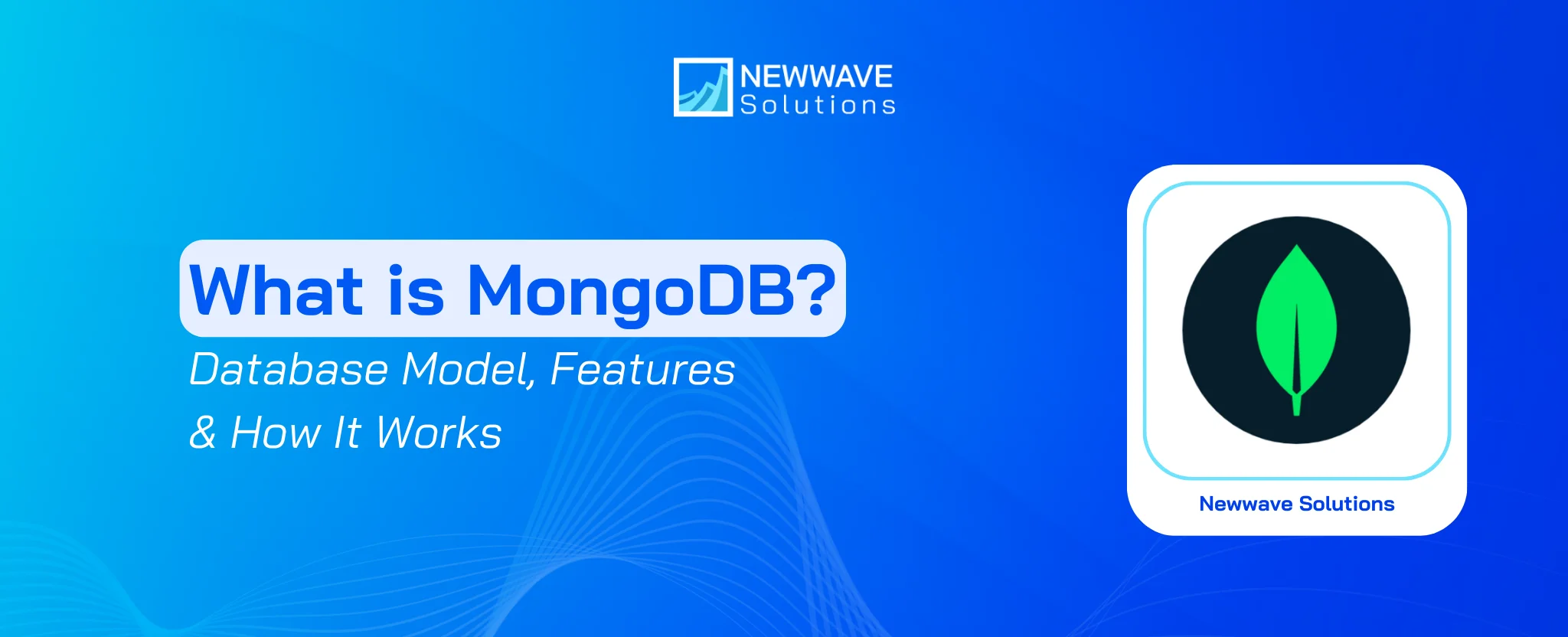

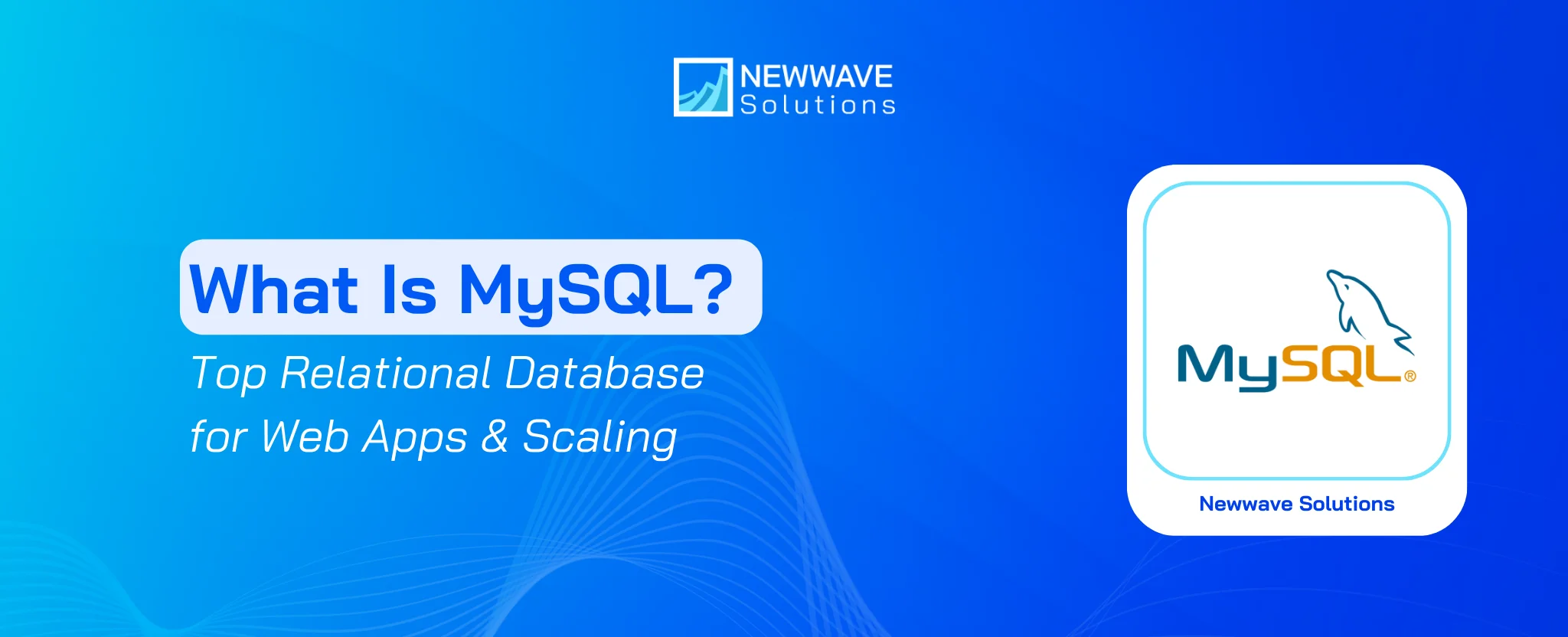
Leave a Reply